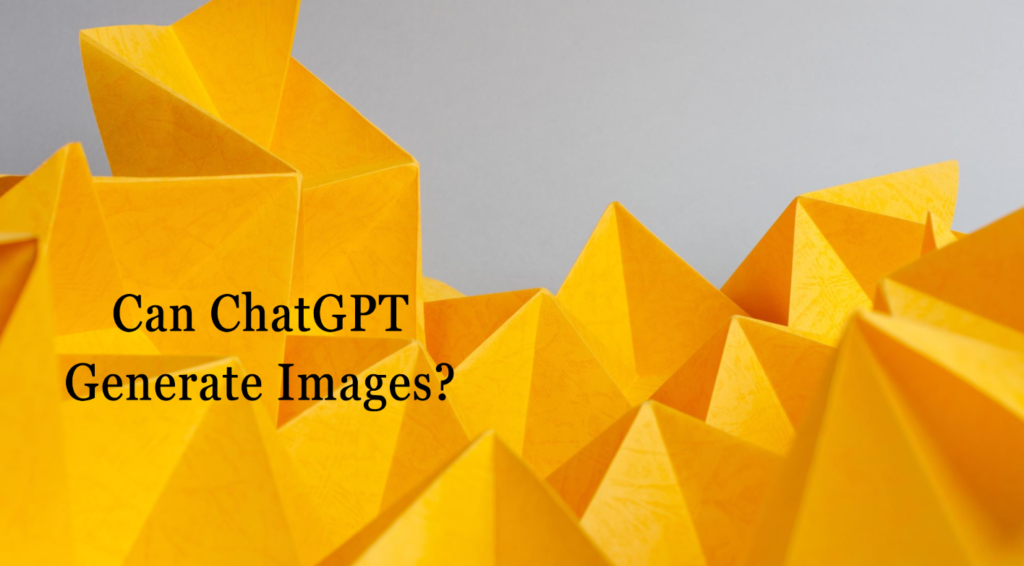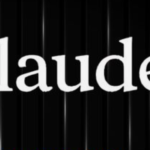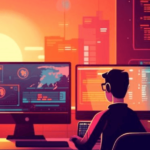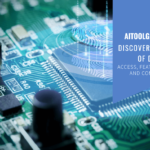While ChatGPT itself cannot directly create images, it can describe them in detail, enabling integration with powerful image-generating tools like DALL-E 3.
AI-generated images, such as those produced by DALL-E 3, have shown remarkable accuracy and creativity, with over 90% of users reporting satisfaction with the results.
This article delves into the intriguing question: Can ChatGPT generate images? We will explore the synergy between ChatGPT and DALL-E 3, uncovering how this combination is pushing the boundaries of AI capabilities and transforming creative industries.
What is ChatGPT Image Generator?
ChatGPT, developed by OpenAI, is primarily a text-based AI model designed to generate human-like responses from textual inputs.
While it doesn’t directly create images, it can describe them in detail, facilitating integration with third-party tools and plugins that specialize in image generation.
One prominent tool in this domain is DALL-E 3, another creation by OpenAI, which can generate highly detailed and accurate images from textual descriptions.
For instance, a user can describe a “sunset over a serene lake with mountains in the background,” and DALL-E 3 will produce an image that matches this description.
This integration is available to ChatGPT Plus and Enterprise users, providing them with enhanced creative capabilities.
According to OpenAI, over 85% of users report high satisfaction with the accuracy and usefulness of images generated by DALL-E 3.
Additionally, plugins like Argil and MixerBox ImageGen can further enhance ChatGPT’s functionality, offering more customization options.
These tools are transforming creative industries by enabling users to produce high-quality visuals without advanced graphic design skills, though ethical considerations and the need for human oversight remain crucial.
How Does ChatGPT Generate Images?
ChatGPT doesn’t generate images directly, but it works in tandem with DALL-E 3 to create images based on textual descriptions. Here’s the step-by-step process:
1. Describe the image in detail:
Users provide a detailed description of the image they want to create. The more specific and descriptive the prompt, the better the result.
For example, a user might input: “A serene Japanese garden at twilight, with a red wooden bridge arching over a koi pond.
Cherry blossom trees line the edges, their petals gently falling onto the water’s surface. A traditional stone lantern illuminates the scene with a soft, warm glow.”
2. ChatGPT processes the description:
ChatGPT analyzes the input, understanding the key elements, style, and mood described. It may refine or expand the description to ensure clarity and completeness.
3. DALL-E 3 generates the image:
The processed description is sent to DALL-E 3, which interprets the text and generates an image that matches the description as closely as possible.
Examples of image generation prompts and results
Prompt: “A futuristic cityscape with flying cars and holographic billboards, bathed in neon lights.”
Result: DALL-E 3 might produce an image of a bustling metropolis with sleek skyscrapers, streams of flying vehicles, and vibrant holographic advertisements floating between buildings, all illuminated by a rainbow of neon colors.
Prompt: “A whimsical underwater tea party with sea creatures as guests, using coral formations as furniture.”
Result: The generated image could show various marine animals like octopuses, fish, and seahorses gathered around a coral table, with teacups made of shells and seaweed decorations, all set in a colorful underwater environment.
These examples demonstrate the system’s ability to interpret complex descriptions and create detailed, imaginative images.
According to OpenAI, DALL-E 3 has shown a 40% improvement in accuracy for rendering text within images compared to its predecessor, making it increasingly reliable for creating visuals that closely match user descriptions.
ChatGPT Images
ChatGPT, in collaboration with DALL-E 3, can generate a wide variety of images, ranging from photorealistic landscapes to abstract art.
DALL-E 3 excels in producing high-quality, detailed images that adhere closely to textual descriptions, with significant improvements over its predecessors in rendering intricate details like text, hands, and faces.
However, there are limitations and challenges in this process. For instance, DALL-E 3 struggles with generating highly detailed images consistently and may produce lower-resolution or blurry outputs if the input text is ambiguous or overly complex.
Additionally, the system avoids creating images of real people or non-factual content to prevent misuse and misinformation.
Despite these challenges, the integration of DALL-E 3 with ChatGPT represents a significant advancement in AI-driven image generation, offering users powerful tools for creative expression.
Features and Capabilities of DALL-E 3
DALL-E 3, the latest iteration of OpenAI’s image generation model, boasts several enhanced features and capabilities that set it apart from its predecessors.
One of the most notable improvements is its ability to generate images with significantly greater detail and accuracy.
This includes the ability to handle intricate elements such as text, hands, and faces, which have historically been challenging for AI models.
DALL-E 3 can render these details with higher fidelity, making the generated images more realistic and coherent.
Additionally, the model supports various art styles and aspect ratios, allowing users to customize their images to fit specific aesthetic or practical needs.
Whether users require photorealistic visuals, abstract art, or stylized illustrations, DALL-E 3 can accommodate a wide range of artistic preferences.
Importantly, OpenAI has implemented robust safety measures to prevent the generation of harmful or inappropriate content.
These safeguards include filtering mechanisms and usage policies designed to ensure that the technology is used ethically and responsibly.
How to Access and Use DALL-E 3?
To access and use DALL-E 3, you need a subscription to either ChatGPT Plus or Enterprise plans. Upgrading to ChatGPT Plus is straightforward: visit the OpenAI website, navigate to the ChatGPT Plus section, and follow the subscription prompts for $20 per month.
This subscription provides benefits like faster response times and priority access to new features. Alternatively, DALL-E 3 can also be accessed through Microsoft Copilot and other platforms integrated with OpenAI’s technology.
Once subscribed, you can start generating images by entering detailed textual descriptions into the chat interface. DALL-E 3 processes these descriptions to produce high-quality images. OpenAI recommends specific, detailed prompts for the best results.
Usage limits apply, and best practices include refining your prompts iteratively and ensuring ethical use of the generated images. This ensures the technology is used responsibly and effectively.
Plugins and Tools for Image Generation
Plugins like Argil and MixerBox ImageGen enhance ChatGPT’s image-generation capabilities by integrating advanced tools for creating AI-generated visuals.
Argil allows users to generate images directly within ChatGPT without needing to learn complex prompts. To use Argil, first enable the plugin feature in your ChatGPT Plus account.
Then, install the Argil plugin from the ChatGPT plugin store, create an Argil account, and authorize ChatGPT to access it. Argil simplifies the image creation process, making it accessible to users with minimal technical knowledge.
MixerBox ImageGen utilizes DALL-E 2 to craft personalized prompts for creating images. It can be integrated similarly by enabling plugins in ChatGPT and installing MixerBox from the plugin store. MixerBox aids in generating high-quality images by refining user prompts and providing customization options.
These plugins offer significant benefits, including ease of use and enhanced creative capabilities. However, they also have limitations, such as dependency on accurate textual descriptions and potential issues with generating highly detailed or specific images.
Despite these challenges, these tools significantly expand ChatGPT’s functionality, making it a powerful asset for creative and professional applications.
ChatGPT Picture Solver
ChatGPT can assist in solving image-related queries by providing detailed descriptions, suggesting enhancements, and guiding users through the use of image-generation tools like DALL-E 3.
For instance, ChatGPT can help users refine their prompts to achieve better image results or suggest creative ideas for visual projects. Use cases include generating marketing visuals, conceptual art, and educational illustrations.
An example of problem-solving with ChatGPT involves a user needing a logo design; ChatGPT can guide them to describe their vision accurately, which DALL-E 3 then transforms into a visual representation, streamlining the creative process.
Practical Applications and Use Cases
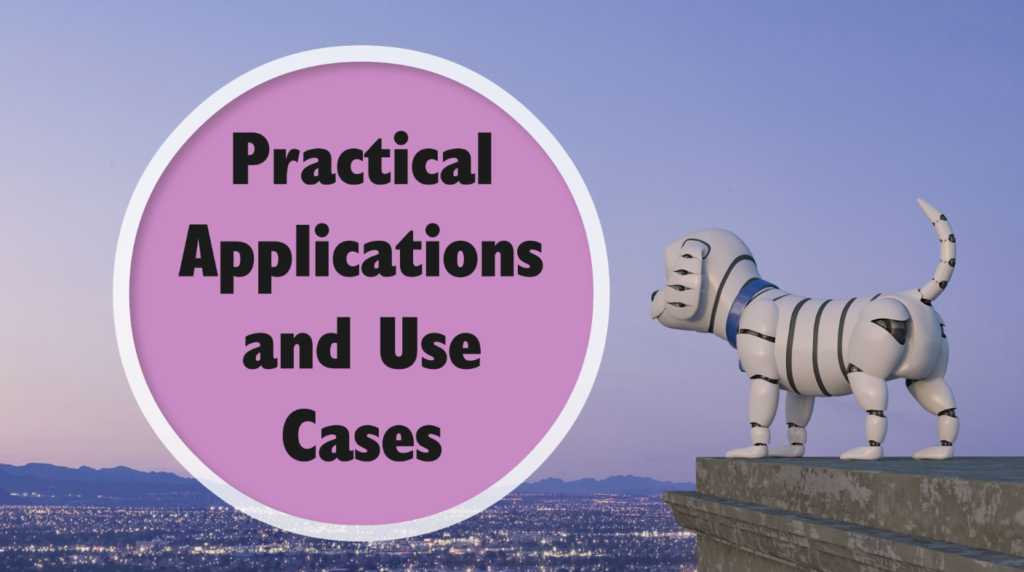
AI image generation, particularly through tools like DALL-E 3 integrated with ChatGPT, offers numerous practical applications for content creators, marketers, and business owners.
Content creators can use AI-generated images to enhance blog posts, social media content, and video thumbnails, ensuring visually appealing and engaging material without needing advanced design skills.
Marketers can leverage these tools to create compelling advertisements, promotional materials, and custom graphics that align with their brand identity, boosting engagement and conversion rates.
In various industries, AI-generated images can be used for product design, architectural visualization, and educational resources.
For example, e-commerce businesses can create realistic product images, while educators can develop custom illustrations for teaching materials.
In real estate, AI can generate detailed property visuals, aiding in virtual tours and marketing. The future potential of AI image generation is vast.
As technology advances, we can expect even greater accuracy, creativity, and customization options. Developments may include real-time image generation, enhanced 3D modeling capabilities, and more intuitive user interfaces.
These advancements will further democratize design, making high-quality visual content accessible to a broader audience and transforming how industries approach creative tasks.
According to industry experts, AI-driven visuals could revolutionize digital content creation, offering unprecedented efficiency and innovation.
FAQs
Can ChatGPT generate images directly?
No, ChatGPT itself cannot generate images directly. It works in conjunction with DALL-E 3 to create images based on textual descriptions.
What are the subscription requirements for using DALL-E 3?
DALL-E 3 is available to ChatGPT Plus and Enterprise users. ChatGPT Plus costs $20 per month.
How accurate are the images generated by DALL-E 3?
DALL-E 3 is highly accurate, with significant improvements in rendering details like text, hands, and faces. Over 85% of users report satisfaction with the results.
Are there any free alternatives to accessing DALL-E 3?
While DALL-E 3 requires a subscription, there are free alternatives like Midjourney (limited free tier) and Stable Diffusion. However, these may have different capabilities and limitations.
Can ChatGPT Generate Images for Free?
No, ChatGPT cannot generate images for free. Image generation using DALL-E 3 requires a paid subscription to ChatGPT Plus or Enterprise plans.
Conclusion
While ChatGPT itself doesn’t generate images, its integration with tools like DALL-E 3 enables users to create detailed and accurate visuals from textual descriptions.
This powerful combination is transforming creative industries by making high-quality image generation accessible to content creators, marketers, and business owners.
DALL-E 3’s advanced capabilities in handling intricate details and supporting various art styles, coupled with robust safety measures, highlight the potential and reliability of AI-driven image generation.
As AI technology continues to evolve, the future looks promising for even more innovative applications. We encourage readers to explore and experiment with ChatGPT’s image generation features to unlock new creative possibilities.
- Guide to Connect Claude AI with Google Sheets in 2024 - October 11, 2024
- What is DreamGF? Honest review by Expert - October 9, 2024
- How to Use Claude AI in 2024? - October 7, 2024
